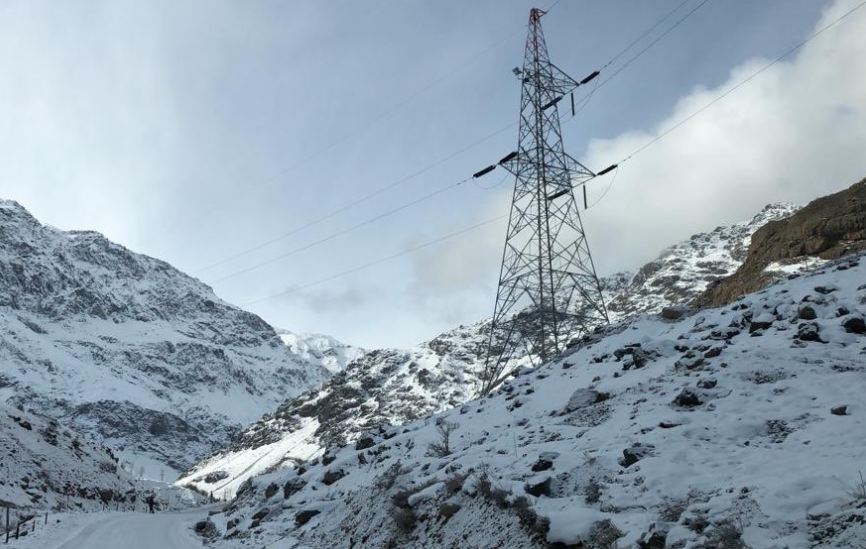In a major development, India’s northernmost areas in the state of Jammu & Kashmir, viz. Kargil and Leh have been connected to the national grid. This is being seen as a shot in the arm for the ‘One nation One Grid’ project. The 220 kV Leh-Kargil-Alusteng Single Circuit transmission line will span over 330 km is now ready. PM Modi had laid the foundation for this 220 kV Single Circuit transmission line in August 2014. This comes as a major relief for the remotely located region of Ladakh. Until now, it had to rely upon a local small hydro-plant and DG generation as it had not been connected to any power grid in the country.
The process of connecting the remote regions with hostile weather and arduous geographical terrain was a major challenge in itself. The weather in Ladakh is extremely cold and harsh throughout the year. One of the major achievements of this project was building sub-stations in some of the highest altitude passes and military zones located close to the Line of Control (LoC). Four 220/66 kV GIS Sub-stations have been built at Drass, Kargil, Khalsti, and Leh.
The unpredictable weather in the region with high wind zones and avalanche prone areas posed another stiff challenge for the officials and engineers. Unpredictable avalanches block the roads every winter cutting off connectivity to the region. As per the Financial Express, an official told that the project, therefore, involved making raised chimneys for maintaining ground clearance, retaining wall and strengthened tower designs. The official also said that the Central Government was helped by the Jammu & Kashmir government and the Ladakh Autonomous Hill Development Council in this project.
Power Minister R K Singh told the Times Of India, “This is a milestone for our country. We have now connected our northernmost areas to the national grid. It is a milestone for the people of Ladakh and Kargil. Prime Minister Narendra Modi laid the foundation stone on August 12, 2014 and it was commissioned during this government’s tenure. This is commitment to people’s welfare.”
The importance of this historic achievement cannot be overstated. It is expected to bring about an unprecedented improvement in the quality of life of the people living in the region. The region will enjoy 24X7 power supply. Ladakh being a strategically located remote area at a high altitude with sub-zero temperatures will flourish with assured power supply. It will boost winter tourism in the region in a big way. Being a strategic location from a military point of view, a better power supply is of great significance from that viewpoint as well. Moreover, the environment in the region will also be saved from the millions of litres of diesel burnt by military and civil establishments to run power generators.
The fact that this strategically located region has been connected to the national grid 70 years after independence goes on to show that after several decades a government has realised the true importance of infrastructure. The Modi government has actually focussed on building key infrastructure in the remote and strategic locations of the country in a big way. This has changed the face of India in a big way. Before the Modi government came to power, some of the remote locations were seen as cut off from the rest of India. However, with projects like connecting Ladakh to the national grid, India no longer faces isolation of remotely located strategic locations from the rest of the country. This has undoubtedly been one of the major achievements of the incumbent government.
